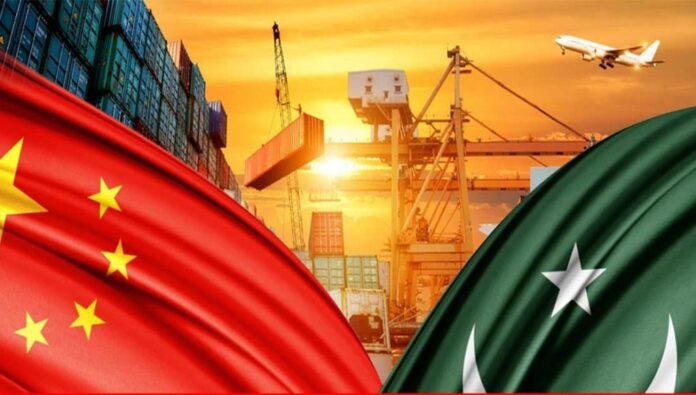Writing for Business Recorder, author Farhat Ali explains that China and Pakistan signed 51 agreements and Memoranda of Understanding worth $46 billion to launch the China Pakistan Economic Corridor (CPEC) in 2015, a flagship project of China’s Belt and Road Initiative (BRI).
The project aimed to modernize Pakistan’s infrastructure, improve connectivity within the country and with China via road networks and rail transportation, and develop the energy sector. Over time, the establishment of Special Economic Zones (SEZs) and the development of Pakistan’s industry were added to the CPEC portfolio.
Initially, CPEC was expected to create over 2.3 million jobs between 2015 and 2030 and add 2 to 2.5 percentage points to Pakistan’s annual economic growth, leading to sustainable fiscal consolidation and growth. However, after eight years, these promises have not been fulfilled. Instead, many mega projects were ill-planned and badly executed, resulting in a lack of economic sense, such as the imported coal and LNG-based power plants that lack financing to import fuel. As a result, more people have fallen below the poverty line, and many young people are moving overseas for better opportunities.
According to IMF data, China holds approximately $30 billion of Pakistan’s $126 billion total external foreign debt, which is thrice its IMF debt ($7.8 billion) and exceeds its borrowings from the World Bank and Asian Development Bank combined. Pakistan has urged China to reschedule its debt, but without success. The loans from lenders were soft loans on easy repayment terms in Europe and Japan. Their policies were aimed at achieving revenue generation targets, creating new job opportunities, and striving for rapid industrialization to help their economies increase exports to meet the growing global market demand.
However, none of this happened in Pakistan due to wrong priorities of loans, widespread misgovernance, and lack of ownership by successive governments. This has resulted in mounting circular debt and bleeding public sector enterprises, sustained on expensive loans by successive governments. In this regard, the lenders also carry some responsibility.
The IMF enforces fiscal controls for fiscal discipline, advocating increased taxation, raising energy tariffs and petroleum prices to fund full cost and eliminate subsidy, a market-based exchange rate, exports, and import surveillance. However, the Fund conveniently ignores the governance model of the program country, which is the root cause of seeking one IMF loan after another.
Bilateral loans should only be made available to countries armed with fiscal and governance strength and seeking a loan as a stopgap and not as a perpetual bailout due to misgovernance and incompetence.
To read the full article visit www.brecorder.com

























The ambitious CPEC initiative, once hailed for its transformative potential, now grapples with mismanagement and unsustainable debt. The unmet promises of job creation and economic growth have left many disillusioned, while poorly executed projects have exacerbated poverty. The envisioned benefits remain elusive amid implementation challenges.
The ambitious China Pakistan Economic Corridor (CPEC) began with promises of economic transformation but has encountered hurdles such as poor planning and governance, contributing to unsustainable debt and unfulfilled job creation goals. Ill-conceived mega projects have led to negative consequences, including increased poverty and a significant exodus of young talent seeking opportunities abroad.